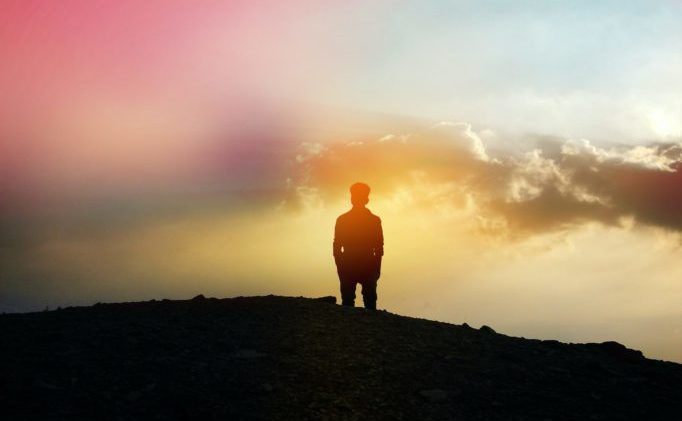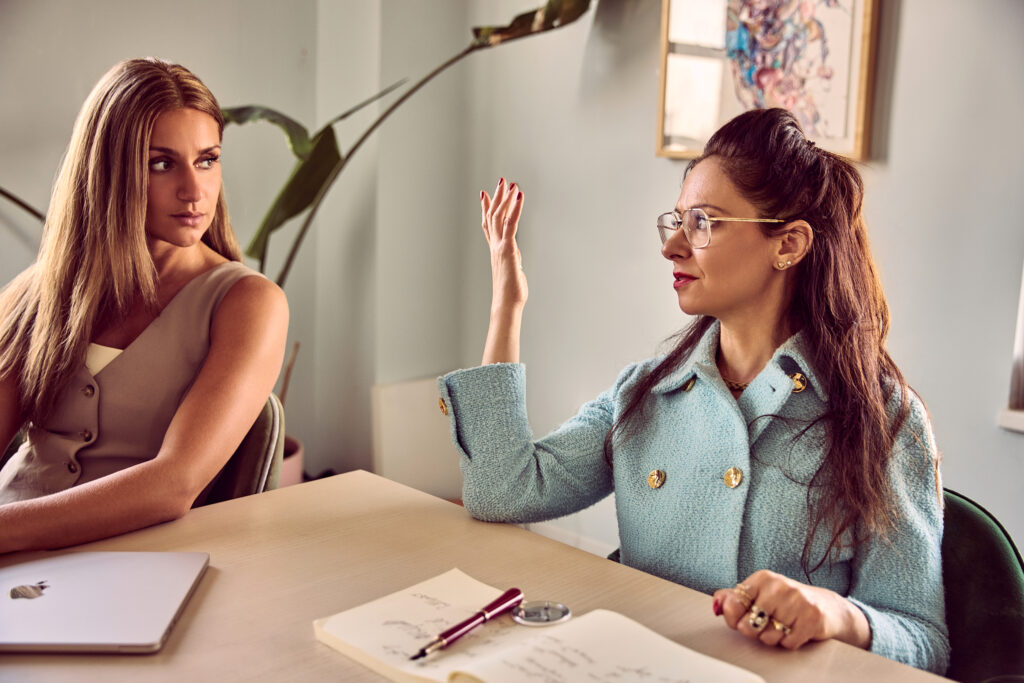I’ve always disliked any article that starts with a definition, which is why I’m saving it for the second sentence. My little computer dictionary defines “victim” as:
1. somebody hurt or killed
2. somebody or something harmed
3. somebody duped
4. helpless person
This blog post is going to poke around at these four definitions of “victim,” talk about acceptance and rejection of the term by victims and society, discuss victimhood in the context of sex crimes, and cautiously celebrate those sex crime victims who have shed the cloak of anonymity, while supporting the decision of others to remain anonymous.
The diversity of “victim” definitions shown on that list may account for the range of responses to the word. The first two definitions are pretty factual and focus on the damage to the individual: somebody hurt, killed, or harmed. The other two, in contrast, focus on the traits inherent to the individual damaged. The third definition: “somebody duped” suggests that the individual was gullible, in some way susceptible to whatever happened. The fourth definition, “helpless person” is a descriptor for the person and doesn’t even include a requirement of harm. It’s basically a reductive way to describe somebody (e.g. “Velma is a volleyball player.” “Billy is a champ.” “Tina is a victim.”) So while the “helpless person” definition of victim doesn’t even require that a harm occur, it assumes that the person, “helpless” as he or she is, is easy prey, and her helplessness pre-exposes her to harm. It’s these last two definitions that make victims bristle at the word. Nobody wants to be thought of as duped or characteristically helpless. It’s also these two definitions that motivate the victims-are-taking-over-our-world alarmists to discount the harms suffered by victims in favor of the notion that so-called victims sneakily adopt this persona and title because of the vast array of benefits that come with it, as if it were an Amex.
The word “victim” rarely holds a charge in most front page news crimes. Michael Brown was the victim of extreme murderous police abuse. James Foley, the victim of unspeakable torture. We don’t think of either of them as characteristically helpless or duped. They are victims because of the violently unnecessary harms they endured, the harms.
It’s not the same with victims of sexual crimes and violence. The bottom two definitions get applied, focusing on the characteristics innate to the individual, as if to explain away the damage. The right to identify as a victim is often challenged even in the most egregious cases of sexual abuse. Type “sex victims” into Google and the fourth auto-fill down is “sex victims bring it on themselves.” Take for example, a case involving a former client of mine when she was 11 years old. When my client’s father was accused of a range of sex crimes against her, his father (my client’s grandfather) was called to testify. The grandfather testified that his granddaughter was not a true victim of incest by her father and sexual abuse by dad’s drinking buddies, but, rather was herself a “sexual predator” and “seduced” her father and his friends into “giving her what she wanted.”
Just two days ago a misguided blogger tweeted at me that Natalee Holloway, the 18 year old who vanished in Aruba in 2005, was not a victim, but “complicit” in her own rape and murder by being alone with a man, arguing that anybody who disagrees that raped persons should be held “partially liable” is personally responsible for the additional rapes and murders that will result from the promotion of non-victim-blaming politics. (Still not sure how this blogger was so knowledgeable about Natalee’s fate and experience, given that much of the crime remains unsolved and her body never found.)

Then you have the George Wills and Mark Bennetts of the world who argue that society is victimized by victimhood. The former famously claimed that victims revel in their victimness and that “victimhood” is a “coveted status that confers privilege,” and results in the “proliferation” of victims.
In a post called “Victimocracy is for Sociopaths,” Mark Bennett, a criminal defense attorney and blogger in Texas, growls at the “ascendancy of victimocracy, in which victimhood is esteemed above merit, and victims are given special authority to determine the course of the state.” He accuses many victims of “feigning” it. He flaccidly stabs at some blurry claim that self-identifying victims comprise much of the purported four percent of sociopaths, revealing himself to be the one person in America gullible enough to drink Martha Stout’s pop psychology Kool-Aid. “The more power we give victims, the more power we give sociopaths,” he says.
Attitudes like those of the grandfather, the blogger, Wills, and Bennett, shame not just the crimes, but also try to corrode any dignity the victim may have in self-identifying as such, creating false categories that attempt to separate out the “true” victims from the “feigning” ones. (Anybody else hearing the echoes of Todd Akin here and his marble mouthing about “legitimate” rape?) These people take offense to persons stepping up and saying, “Hey, I was harmed,” acting as though the V-word itself is a diminishing resource, conservation of which they must personally defend. And so what do they do? They engage in ad hominem attacks to discredit the victim: she was complicit in it, is lying, doing it for the attention, is a sociopath. It’s as if some defense attorneys, perhaps as a group the most vocal about what they would call “victomania,” can’t zealously represent their clients while respecting the “victim” concept.
With people like these around, it’s no wonder that few victims feel safe enough to reveal their identities — particularly when it comes to sexual abuses — crimes in which victims suffer from the most dirtdigging and social stigma. With the depressing rate of reporting and convictions for sexual crimes and abuses, perhaps the only thing that can coax victims into coming forward is a guarantee of anonymity.
Nevertheless, in recent months more victims are bravely coming forward and self-identifying as such [Readers: if you know somebody or are somebody I should add, please leave it as a comment]:
Meaghan Ybos and Madison Graves, both rape victims and victims of rape kit backlogs in Memphis were profiled in the New York Times earlier this month.
Jada, a sixteen year-old in Houston, whose post-rape photos went viral on Twitter sparking a viral cascade of mockery, appeared on Houston local TV and The View last month. She also catalyzed a social media smartmobbing of persons who allied with her.
In 2013 Daisy Coleman, raped as a 14-year-old and the subject of a widespread Anonymous campaign exposing the corrupt investigation of the crime, was interviewed by CNN and wrote a column about her trauma for XO Jane.
Rachel Bradshaw-Bean came out publicly in January 2014 to discuss how SHE was disciplined for “public lewdness” after reporting a rape to her high school educators.
Emma Sulkowicz was featured in the New York Times this past year revealing herself to be one of the formerly pseudonymous subjects of a Columbia University article in a student publication describing her account of sexual assault and the thwarted process of obtaining care and recourse from her college.
Dr. Holly Jacobs openly shared her experience as a victim of the nonconsensual distribution of sexual images and founded The Cyber Civil Rights Initiative (“CCRI”) and its End Revenge Porn campaign, which together is our country’s national leader in victim advocacy for cyber-harassment and revenge porn legislative reform, and also is the media’s go-to resource for opinions and interviews on these topics. Working and volunteering for Jacobs are other phenomenally well-spoken victims, Annmarie Chiarini and Anisha Vora. Charlotte Laws, whose daughter, Kayla, was a victim, is a CCRI board member, major player in the national media, and is largely responsible for stomping out revenge pornster Hunter Moore. Bekah Wells, another fierce warrior in the fight to annihilate revenge porn, and herself a victim who blogs thoughtfully on the topic, founded Woman Against Revenge Porn which, like End Revenge Porn, has supported countless other victims during their times of crisis. Wells, Laws, and Jacobs all took their fight to the court room. So, too, did Hollie Toups, the named class leader and out-front victim in the class action against one of the offending revenge porn websites.
Carolyn Luby, Kylie Angell, Silvana Moccia, Rosemary Richi, and Erica Daniels were victims of sexual assault at UConn between 2010 and 2013 and with Gloria Allred as their attorney, filed a federal lawsuit against the school for being indifferent to their reports.
Carly Mee, Kenda Woolfson, Leah Capranica, and Rachel Greenstein were another set of Allred’s clients who came forward in charges against their college, Occidental, about mishandling reports of sexual assault.
Andrea Pino, a rape victims at UNC Chapel Hill described her experience in lurid detail after her on-campus attacker slammed her head into the bathroom tile “my vision blurred with blood filling my contact lenses.” Annie Clark, also a UNC Chapel Hill alumnus has talked about her unsuccessful attempt to report a 2007 rape to administrator.
Tucker Reed a nationally recognized writer has written extensively about the sexual assault she survived as a student at University of Southern California, posting it on XOJane in February 2013. She also co-founded and co-directs the Student Coalition Against Rape (SCAR) at USC.
Angie Epifano, who was raped in 2011 while a student at Amherst, talked about her experience in Open.
And we’re also seeing more victims boldly deciding to tell their story without disclosing their names. In July, two victims of the nonconsensual recording of sex by a former Morgan Stanley investment banker were interviewed by the New York Post. Just two days ago, one of the victims of serial rapist Terry Smith Junior was interviewed anonymously on ABC 6/FOX 28. And this past winter, then-tenth grade “Stephanie” led us through the Miami Herald’s long account of the torture and gang-rape she suffered, providing extensive details about her background.
Decisions by victims to disclose their identities and/or stories can be motivated by a number of things – raising awareness about the specific or general crime, correcting falsehoods about their character already perpetrated by the media, to expose the mishandling of an investigation, to announce themselves as a key player in reforming the status quo, to promote the un-shaming and destigmatization associated with the crime, and just because.
Unfortunately not all victim self-exposure can be described as truly voluntary. Victim de-anonymizing can be the result of a sloppy media, violations by the prosecutor or defense counsel to keep records sealed and victim names anonymous, pressure from the media, or pre-exposure by social media. The decision not to publish names of sexual assault victim is considered only a courtesy (for many media outlets, the result of internal muzzling policies) not a legal obligation. Statutes imposing liability on the media for publishing victims’ names have consistently been held unconstitutional by the US Supreme Court. See, e.g. Florida Star v B.J.F., 491 U.S. 524 (1989) and Cox Broadcasting Corp v Cohn 420 U.S. 469 (1975).
The National Alliance to End Sexual Violence (“NAESV”) notes the importance of journalists maintaining victim anonymity and promotes adoption of the following policy by news media:
Whether by accident or mistake, not all media outlets comply with policies like the one NAESV promotes. In March 2013 Fox News came under fire when it released the name of an underage victim in the Steubenville case.
When it comes to underage victims, the media must give due weight to whether the victim has the capacity to consent to revealing her identity, a life-altering decision, consequences of which she may not fully grasp until much later. In the case of Jada, when asked by a news reporter why she revealed her identity, she replied heartbreakingly that “everybody already knows.” That is, her nude body and first name had already swept through social media. She felt that coming forward hardly exposed more of her because it felt to her that everybody in her life already had heard who she was, what had happened, and how she looked naked. In actuality, though, the mainstream media momentum began only after she stepped forward, very much escalating her exposure. And what the media revealed was a very smart and articulate young person who was still in the midst of a major recent trauma, a young person so serious and dignified the hosts of The View appeared even more grotesque than usual by comparison. Worth noting is that Jada’s mother, in contrast to her daughter, remained anonymous in the first Houston local TV news piece. It begs the question of how consent was obtained for Jada to disclose her identity – from underage Jada herself? Or from the consent of her guardian? And if the guardian, presumably her mother, consented for her daughter’s identity to be exposed, why did she shield her own at first?
Some argue that until more people come out as sexual assault victims, the stigma attached will remain. In her call for the outing of the victims who accused Julian Assange of rape, Naomi Wolf claims in The Guardian that the feminist aspiration for rape to be treated by the criminal justice system just like “any other crime” is thwarted by the outdated anonymizing of victims when other crimes don’t come with that protection. She further states that when victims surrender to the same scrutiny that the accused face, this victim exposure both contributes to a fair and impartial justice system and reduces speculation that the accusations are false. To this, the NAESV sagely responds that “we should not advance social change on the backs of unwilling and traumatized victims, who have so recently been used for others’ ends.”



